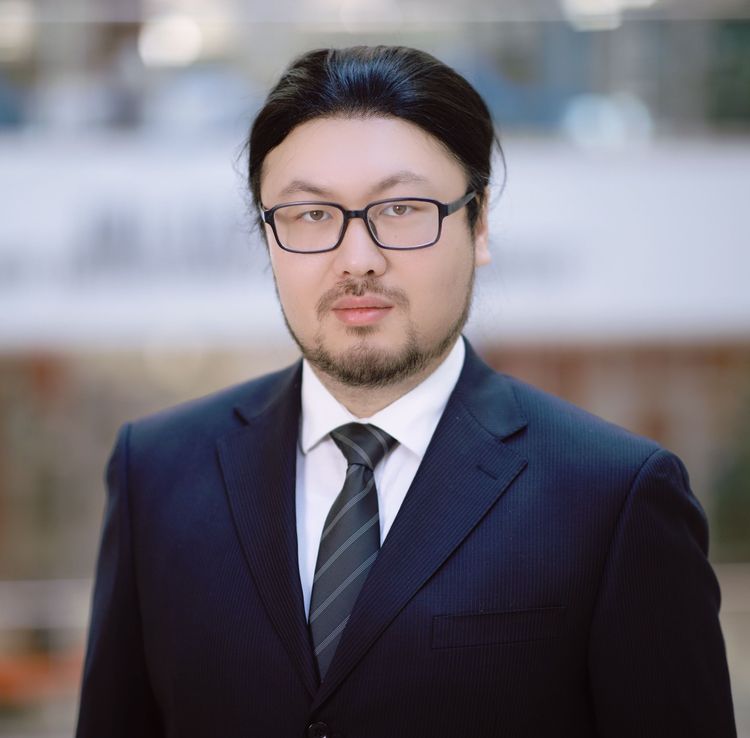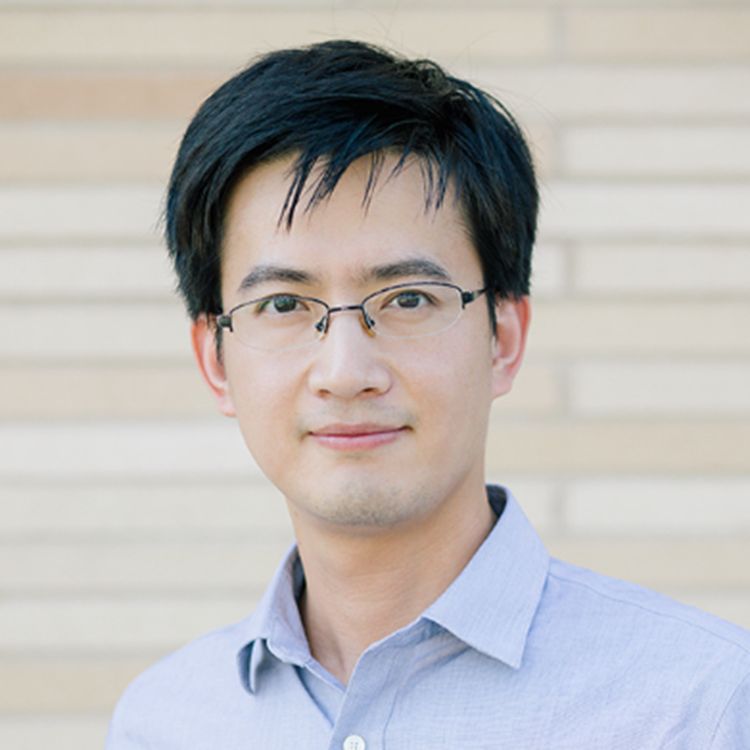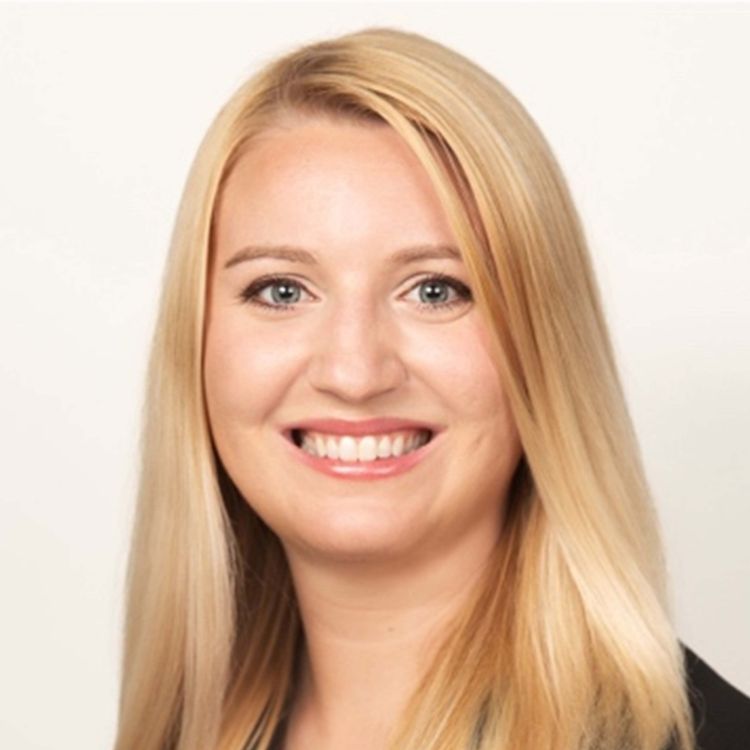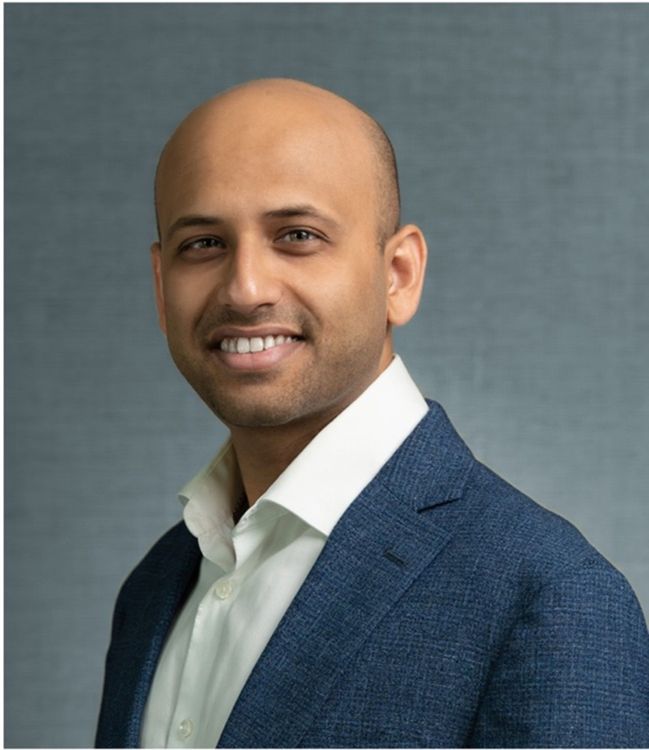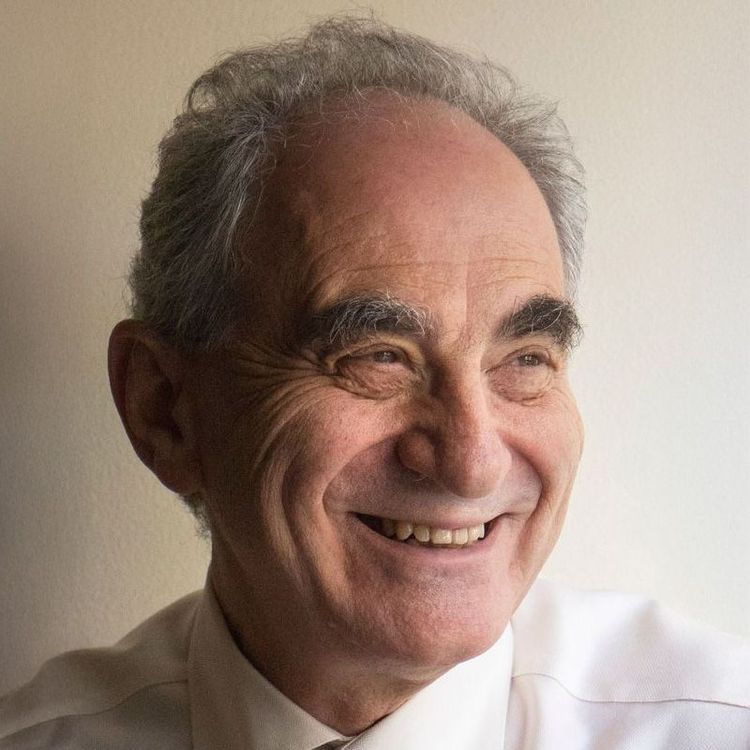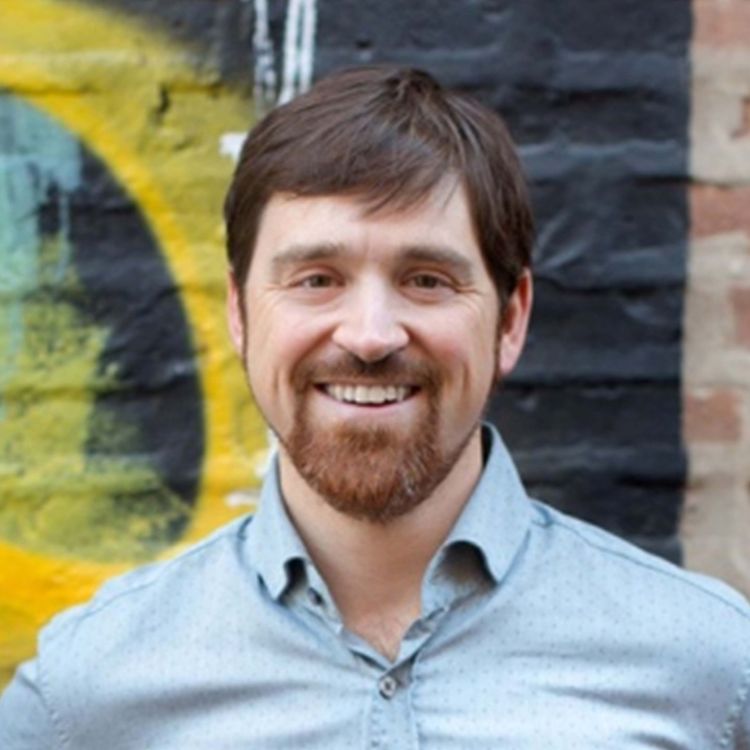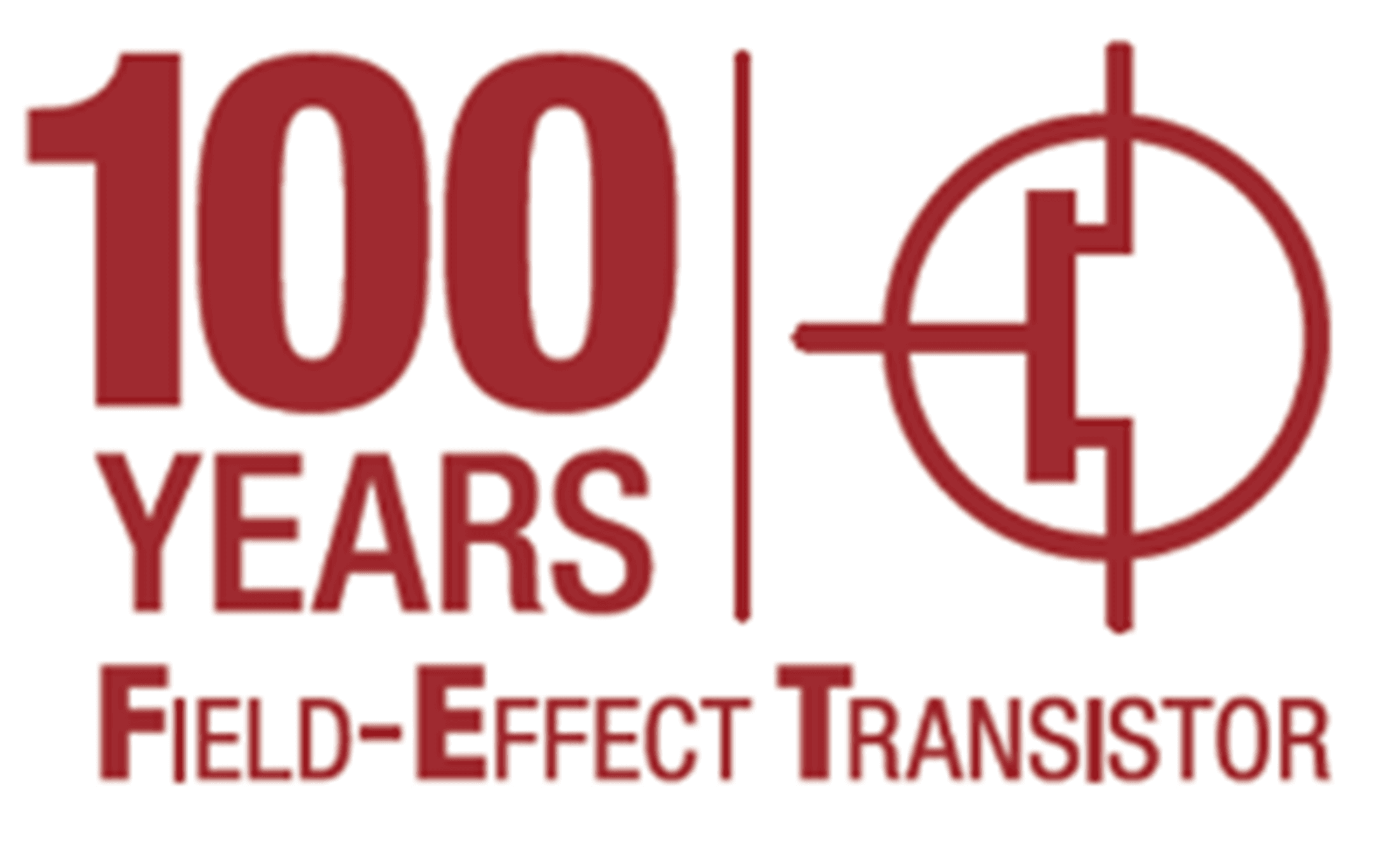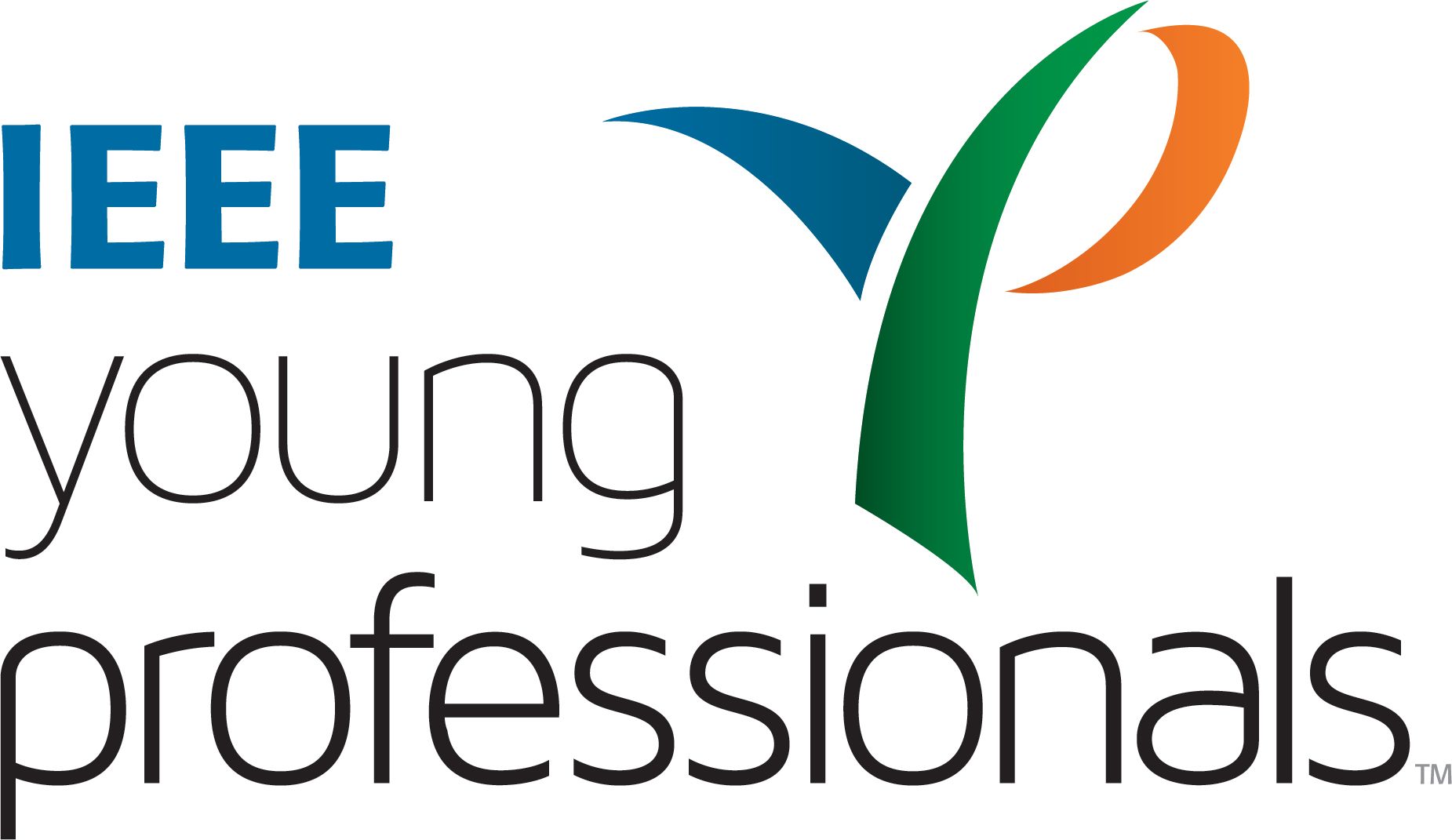Chairs: Yuxuan Cosmi Lin (TAMU), Xu Zhang (CMU)
Description: This half-day workshop on Sunday, June 22, 2025 is part of the event series to celebrate the invention of the field effect transistor one hundred years ago (in 1925), co-organized by the FET100 committee and the Young Professional Committee at IEEE EDS. This workshop will provide a unique platform for young professionals to showcase their exciting research in emerging microelectronic devices and engage professionals from different career stages to discuss the opportunities and challenges in their career.
Join IEEE EDS for free with promotion code: EDS2025_DRC
Date: June 22, 2025
Agenda:
| TImes | Presentation/Event | Presenter/Participants |
|---|---|---|
| 8:30 - 8:40 AM | Welcome and Introduction | Yuxuan Cosmi Lin (TAMU) |
| 8:40 - 10:10 AM | Session 1: Technical Presentations | |
| Extreme Scaling of Transistor Technology based on 2D Semiconductors | Xu Zhang (CMU) | |
| Field-Effect Transistors at the Edge: GaN Devices for Extreme Environments | Savannah Eisner (Columbia) | |
| Novel Nanoelectronics for Emerging Memory Technology | Sourav Dutta (UT Dallas) | |
| 10;10 - 10:30 AM | AM Coffee Break | |
| 10:30 - 11:30 AM | Session 2: Panel Discussion Opportunities and Challenges for Young Professional to Work in the Exciting Era of Microelectronics | Moderator: Sourav Dutta (UT Dallas) Panelists: Eli Yablonovitch (UC Berkeley), Xu Zhang (CMU), Kexin Li (ASU), Greg Pitner (TSMC), Chad Husko (Iris Light Technologies) |


